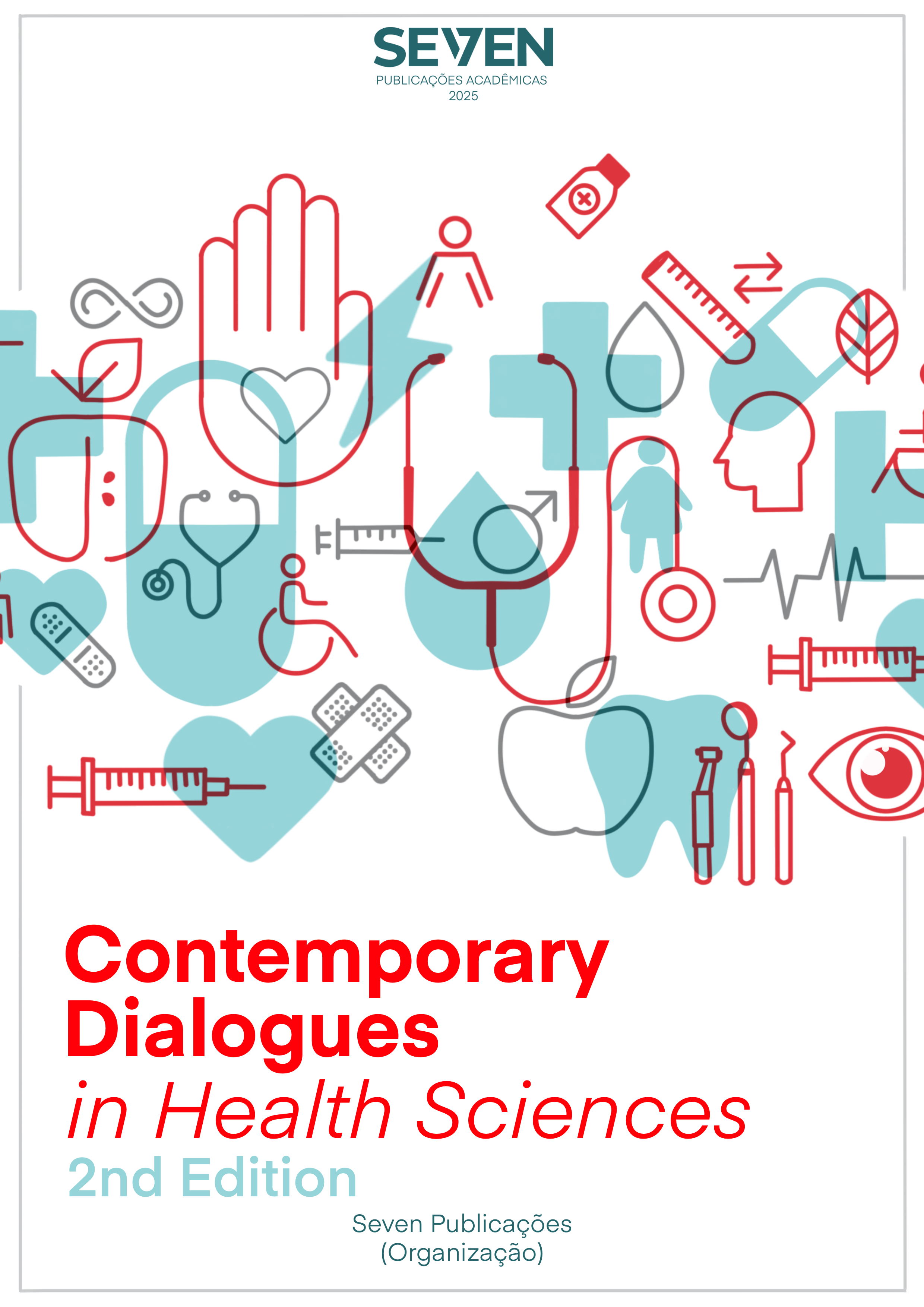COMPARISON OF CERAMIC AND TITANIUM DENTAL IMPLANTS: EFFECTS ON QUALITY OF LIFE AND THE PREVALENCE OF PERI-IMPLANTITIS
Keywords:
Dental Implants, Zirconia, Titanium, Peri-implantitisAbstract
Oral rehabilitation using dental implants is an essential approach to restoring masticatory function, esthetics, and quality of life in patients with tooth loss. Titanium implants are widely used due to their mechanical strength, biocompatibility, and proven capacity for osseointegration, although they carry a risk of peri-implantitis, particularly in individuals with an unfavorable periodontal history or inadequate oral hygiene. Zirconia-based ceramic implants have emerged as a promising alternative, offering significant esthetic advantages, lower bacterial adhesion, and the potential to reduce peri-implant inflammation, thereby justifying a comparative evaluation of these biomaterials. In this context, the present study aimed to analyze the effects of ceramic and titanium implants on patients’ quality of life and on the prevalence of peri-implantitis, providing support for evidence-based clinical decision-making. Study selection followed rigorous eligibility criteria, with independent screening of titles and abstracts and subsequent full-text assessment to extract data on implant type, follow-up duration, methods for evaluating peri-implantitis, and instruments for measuring quality of life, enabling qualitative analysis and comparison of the biomaterials. The results indicated that ceramic implants showed a lower incidence of peri-implantitis and greater esthetic satisfaction, whereas titanium implants demonstrated superior mechanical strength and predictable long-term performance. It is concluded that material choice should be individualized, considering clinical factors, esthetic demands, and patient expectations, to promote effective functional rehabilitation, reduce complications, and improve quality of life, thereby strengthening evidence-based dental practice.
Downloads
Published
Issue
Section
License

This work is licensed under a Creative Commons Attribution-NonCommercial 4.0 International License.





